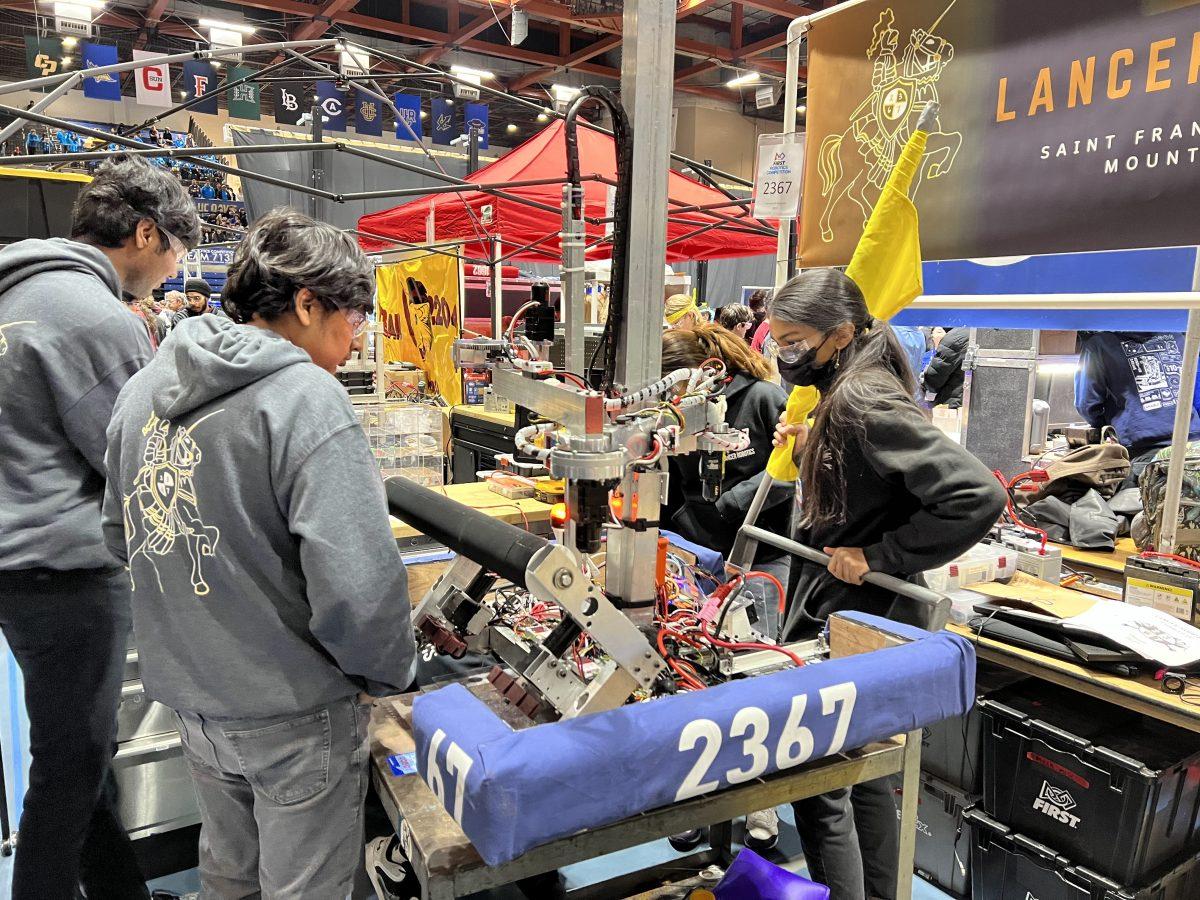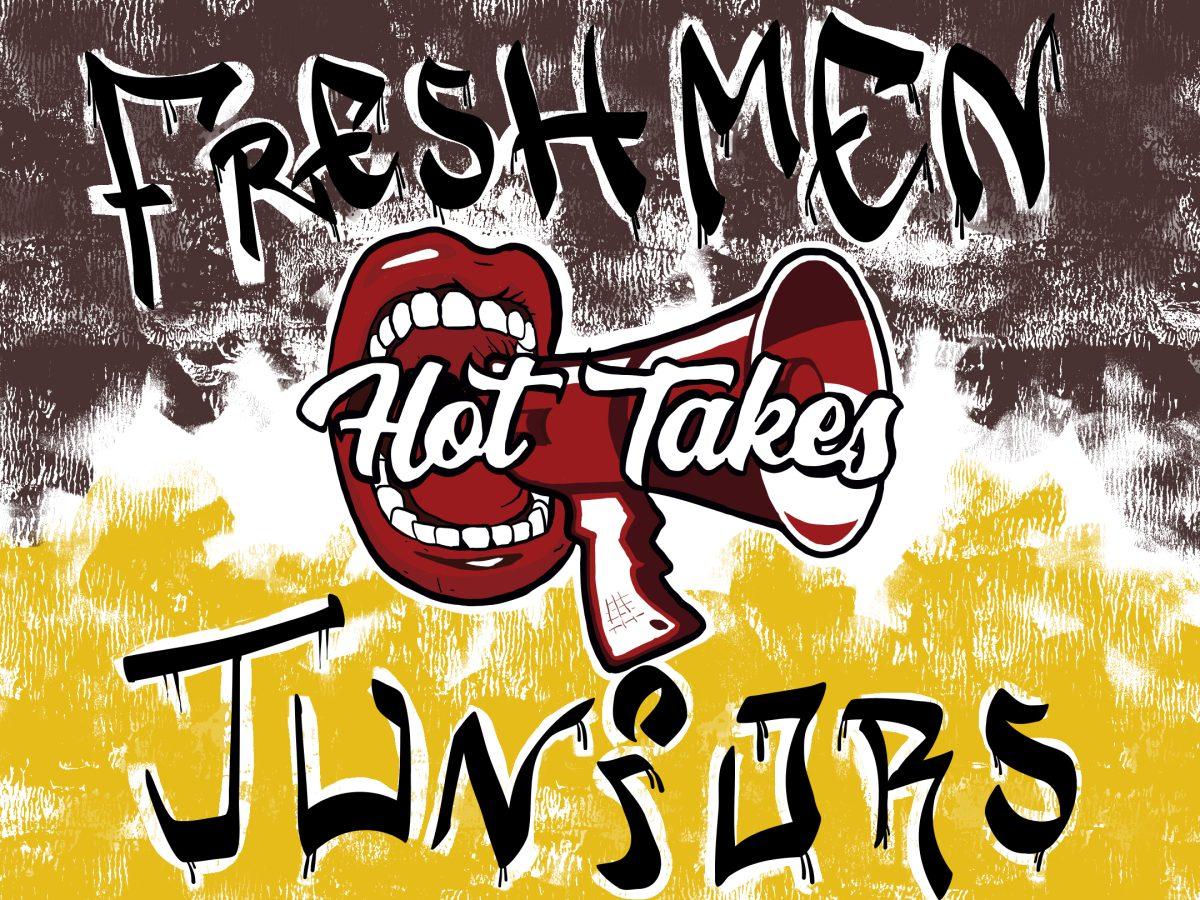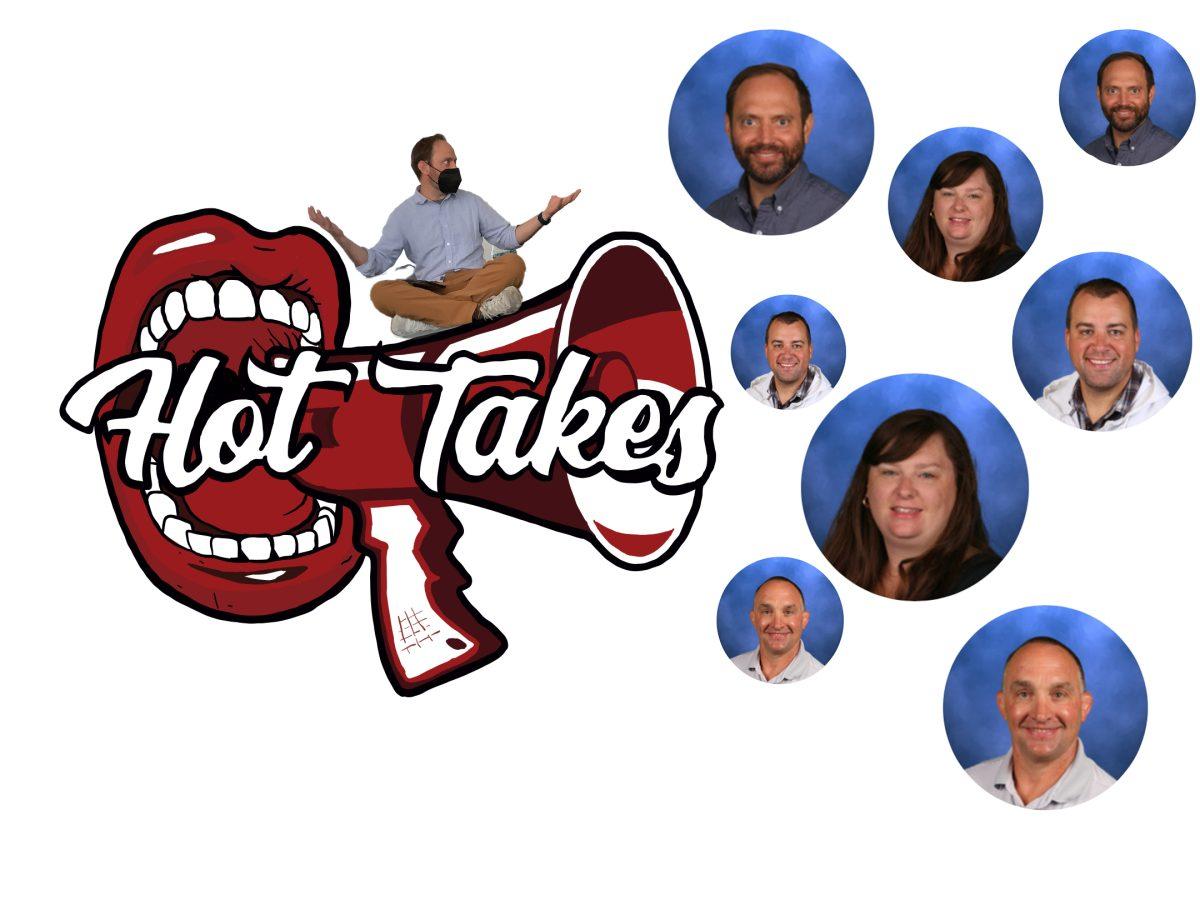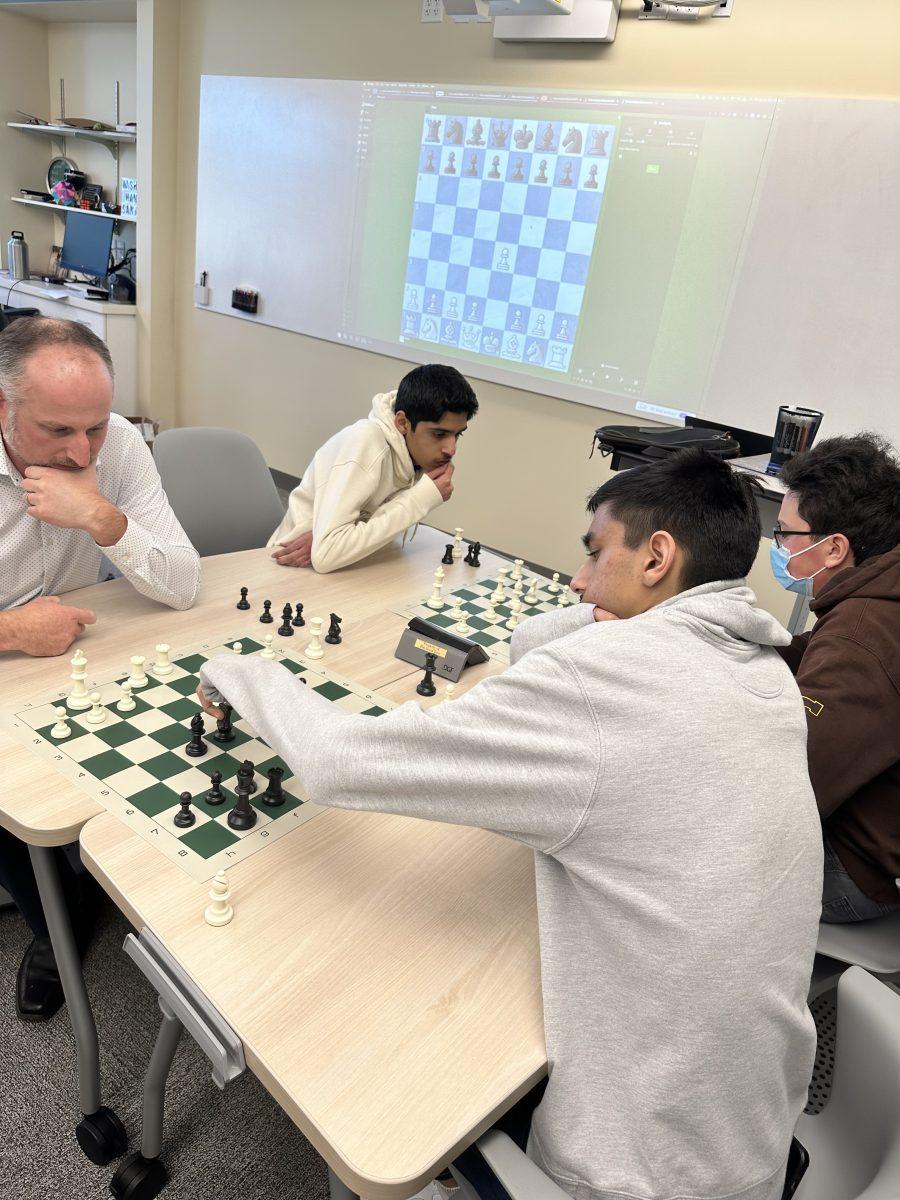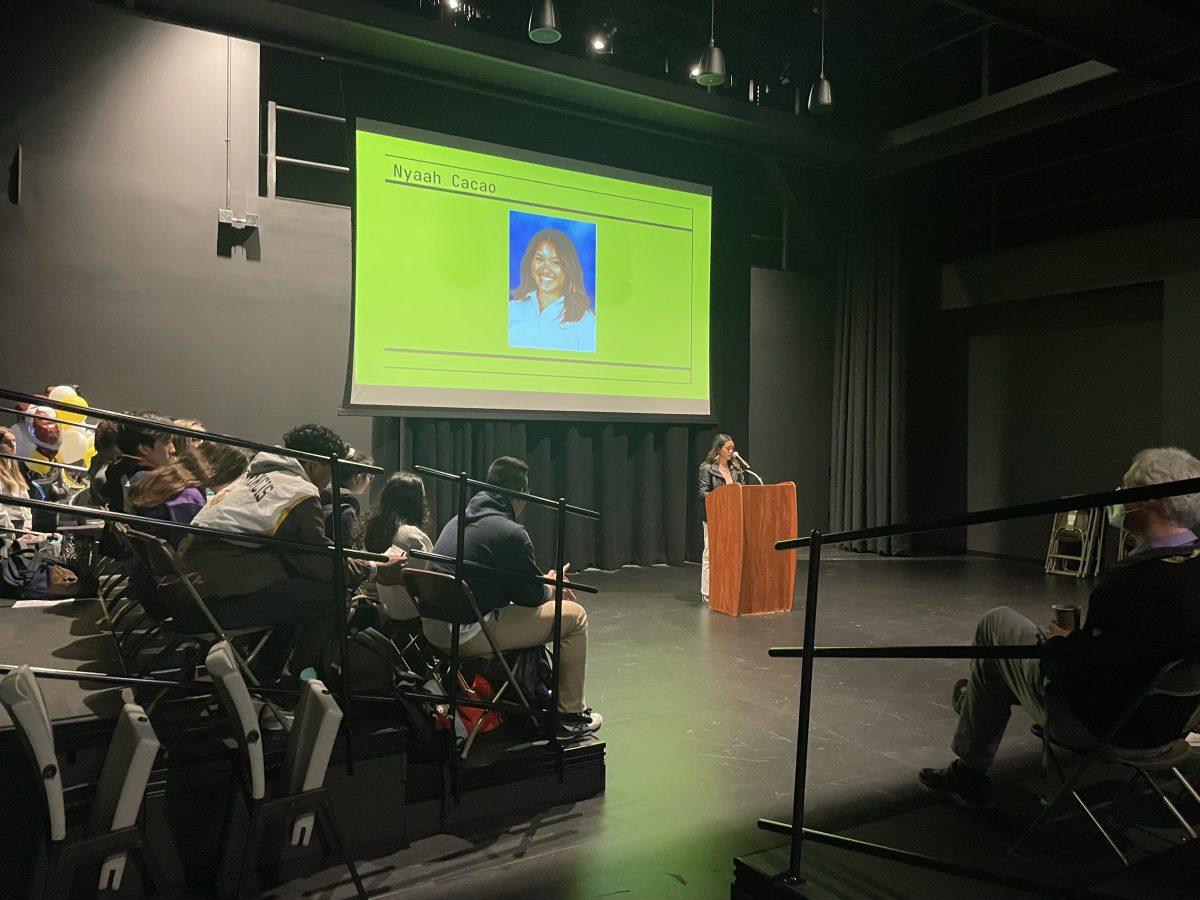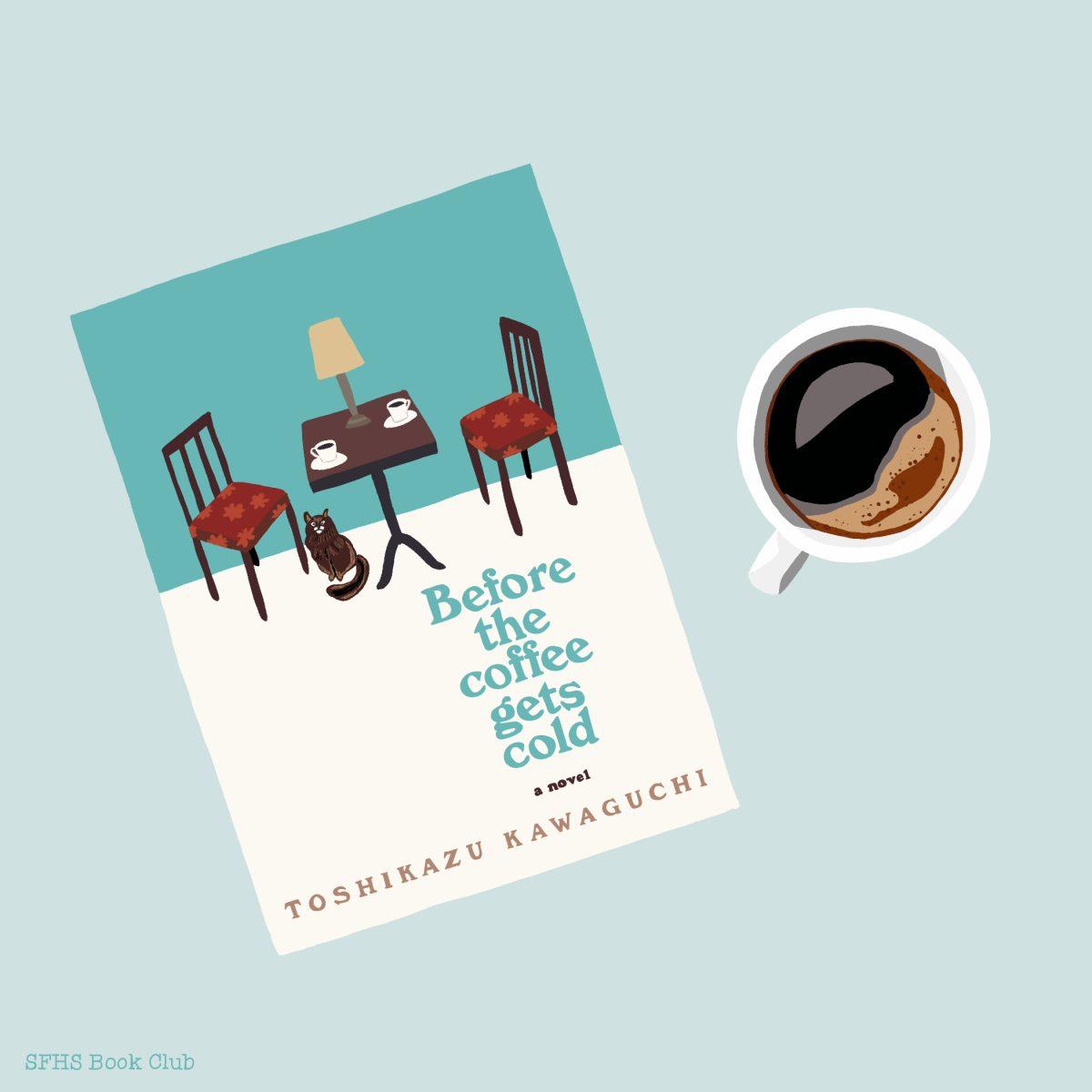by Arhana Aatresh (’23) and Alexander Chang (’23) | March 31, 2023
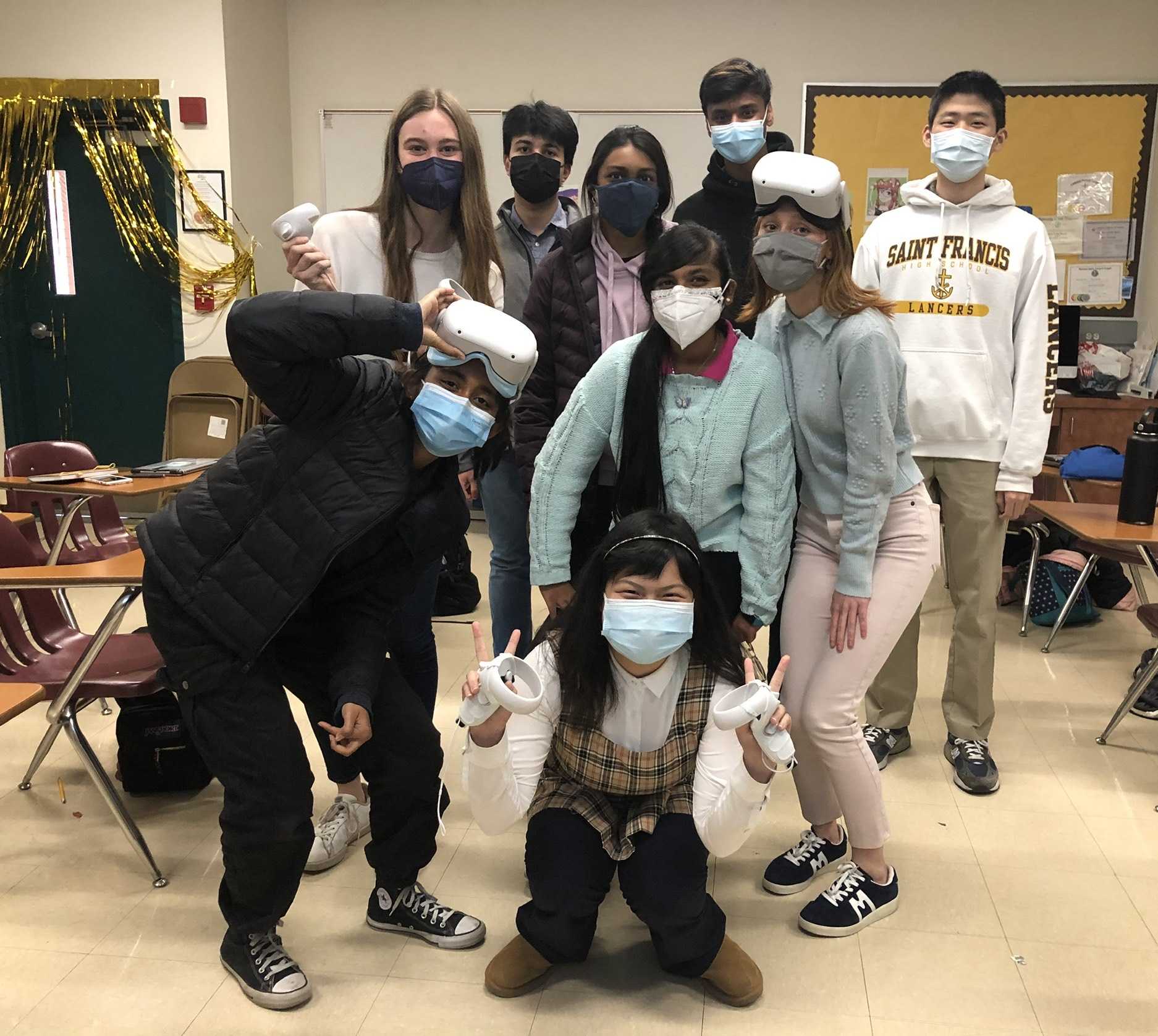
Saint Francis is no stranger to innovation. In addition to constructing spaces for experiential learning, such as the Eggers Innovation Center, students have had opportunities to be involved in programs and partnerships that are pushing the boundaries of education.
One of the school’s main partnerships is with Santa Clara University (SCU), specifically its Healthcare Innovation and Design Program headed by Dr. Prashanth Asuri, which partners with industry professionals to help students innovate and address problems in the realm of healthcare. The collaboration started with a simple idea—that every student have at least “one real-world experience before graduating,” according to Ms. Shraddha Chaplot, Head of Innovation at Saint Francis. Chaplot joined Saint Francis at the height of the pandemic, with an extensive background working as an engineer for eleven years in Silicon Valley. One of her main roles has been combining her experiences creating programs in tech with her vision of creating a space where anyone, whether a student or educator, can learn and innovate.
With SCU, Chaplot has been able to partner Saint Francis students with professionals to achieve this goal of innovation and hands-on learning. The initial project during the program was a five-week virtual experience where seven students used machine learning to forecast infectious disease spread from publicly available data.
Fazal Mittu (’23) joined the pilot project because he was excited to apply his skills to a real-world problem. It allowed him to better understand ideas that “often remain theoretical and complex” in a classroom setting.
After the initial success, the scope of the partnership expanded to involve separate forms of student engagement as well as different topics. A year long program for eleven students ensued, involving mentorship from Asuri and Chaplot and a webinar series hosted by SCU. They are planning to restart the program for the 2023-24 school year.
The most recent project is BioFeedback in Immersive Environments, a virtual reality project. Director of the Brain and Memory Care Lab at SCU, Dr. Julia Scott, brought the project from her lab; she had previously executed a form of the project previously with SCU students.
The project is currently in its third semester. Students from the past two semesters created an app from scratch called Flowressence, which collects informational data about a user’s mental stress based on biological feedback; the virtual reality element will allow users to walk into a calming space. Currently, students are creating a VR escape room that measures the user’s emotional response to solving the clues in a timed setting.
Another project is Innovations in Dementia Care (I2DC)—a design challenge where students developed prototypes to address different needs of dementia care over ten weeks. The project would not have been possible without several in- and out-of-classroom educators as team advisors: Major Gifts Officer Ms. Helen Solinski, science educator Mrs. Kerrie Gibson, science and math educator Mr. Chidozie Onuegbe, guidance counselor Mr. Michael Conley, and Vice Principal of Curriculum and Instruction Ms. Meighan Wilson Friedsam (’97).
Friedsam played a unique role as an advisor and a part of the visioning group for the partnerships. For her, the I2DC project was personal, as her father-in-law was diagnosed with dementia at the same time. In fact, most students in the I2DC cohort had a family member with dementia, which led to meaningful conversation, empathy, and a deep commitment to the project.
Her team, students Ryan Matsumoto (’26), Mahika Mithbaokar (’25), Elizabeth Jobson (’23), and Isabella Roenicke (’23), created an Advent calendar with daily activities and rewards to motivate users to train their balance and coordination. The reward was a puzzle of a family member that the user puts together over time; the idea was that tying movement to family would incentivize exercise. Matsumoto and Mithbaokar have continued the project into this semester, with Conley as faculty advisor.
Chaplot explained that because of how technology and human nature progresses, “I’m not preparing students for industries. I’m preparing people to be constant, lifelong learners. I’m preparing them to be comfortable with ambiguity and uncertainty.” Even if the final product was not “successful,” per typical definitions, the students succeeded by learning about themselves. What matters is, “Do they find a new opportunity that they want to pursue in their future? Do they find something they can cross off their list and say ‘not for me’? Do they learn about a new product, do they want to try out a new technology, do they start discovering their passion and purpose?”
Friedsam also shared that “the more educators that get involved in mentoring for this program, [the more that] might start thinking about how that could look in [their] own classroom space. And then the impact is that much greater.” This model of experiential learning can be applied anywhere.
The partnership with Santa Clara University is only the start of something greater, in and beyond the classroom. “No matter the project or partner, it will be something that sparks interest in any one of Saint Francis’ nearly 1800 students; it does not have to be in software, hardware, or entrepreneurship, which students often perceive as the main career paths in Silicon Valley,” said Chaplot. “There are so many things that haven’t been determined because this is brand new. But that’s what innovation is.”




































































